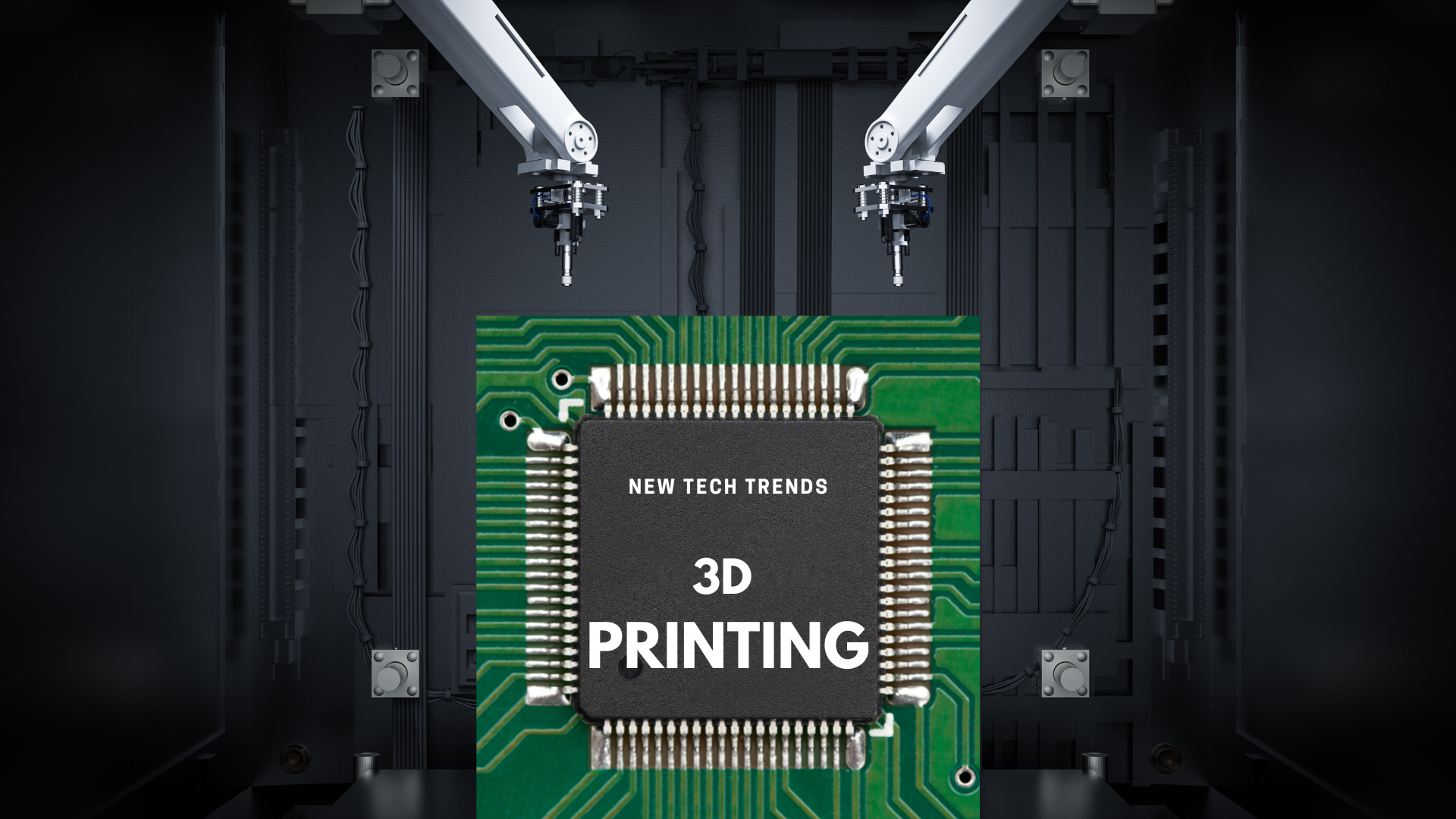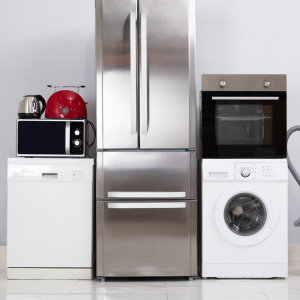Technology has driven industry since its earliest days, long before the advent of 3D printing. The industrial revolution transformed everything from cotton manufacturing and weaving to the production of metals. Specifically, technological innovation drove these advances. The computer had a similar revolutionary effect on the steam engine and, in more recent history, the emergence of fast, reliable mobile internet and powerful mobile devices expanded the possibilities for business and society exponentially.
One area of technology that has been around for a number of years is 3D printing. Enthusiasts predicted each year would be the year to change everything, but it never happened. Or did it?
While 3D printing continues to grow more commonplace, with home models widely available. The idea of 3D printing with extruded plastics to build structures failed to dramatically overhaul industry quite as people expected. Though slow to embrace 3D printing fully, manufacturers now realize this technology sits at the cutting edge of production possibilities in unexpected ways.
Additive Manufacturing: Complex 3D Printing for the Manufacturing World
If you hear the term additive manufacturing, it refers to some form of 3D printing. Additive manufacturing processes, though, are usually more complex than the 3D printing most of us think of.
Additive manufacturing occurs in any number of fields today, incorporating a wide variety of materials and technologies. We’ve summarized the additive manufacturing processes most commonly used today below.
VAT Photopolymerization
The process of VAT Photopolymerization begins with a vat of liquid photopolymer resin. The resin undergoes a curing process utilizing UV light. Then, the resin builds into an object, layer by layer, through computer-controlled targeting of the curing light. Eventually, these layers build up to create a complete resin object.
VAT Photopolymerization creates very detailed objects. However, the nature of the materials necessary for this process means VAT Photopolymerization remains quite specialized in the application.
Extrusion
Extrusion is more akin to the tabletop 3D printers most of us have seen at some point. During extrusion, material flows through a heated nozzle and deposits onto a platform. The nozzle moves in the horizontal plane. After each layer is completed, the platform moves one step down in the vertical plane, allowing an object to build incrementally.
This method of 3D printing long dominated the hobby market. More recently, extrusion serves as the go-to solution for rapid industrial prototyping due to its ease of use and relatively low cost. Using a variety of plastics and polymers, extrusion creates prototypes very quickly. In many cases, extrusion allows multiple designs to be tested in less time, and for less cost, than one traditional version.
Powder Bed Fusion
This is where industrial 3D printing gets interesting. Powder bed fusion (PBF) process accommodates a huge variety of materials, including a range of metals. Power bed Fusion works with Stainless Steel, Titanium, Aluminum, Copper, and more. With such a variety of materials comes a range of new applications and possibilities. It should come as no surprise that many manufacturing applications now incorporate this kind of additive manufacturing.
Powder bed fusion (PBF) uses a powdered form of metal, which is spread onto a building platform in extremely thin layers, often just 0.1mm thick. A laser fuses the powder together where required, then another layer, and so on. Each piece builds over multiple layers resulting in fully formed, metal objects. Manufacturers utilize PBF to create complete products or parts for larger production operations.
PBF is extremely scalable, with machines ranging from desktop devices to large-scale industrial machines capable of manufacturing multiple products at once. However, while it produces detailed and robust objects, PBF is a slow process due to the number of layers involved.
PBF offers another key benefit to industrial manufacturers: the reduction of waste. Because only the metal powder within the object is fused, the rest of the powder acts as the support structure for the product. Once printing is completed, any residual metal powder can be sieved for impurities and reused. Reusing residual powder results in essentially zero waste.
Not only does waste reduction improve operational efficiency, but it also benefits the environment.
3D Printing and Custom Bikes: Fusion In Practice
The powder bed fusion process powers production within many industrial sectors today. One novel use of industrial 3d printing improves the manufacture of custom mountain bikes. UK-based manufacturer Atherton Bikes pioneered their PBF manufacturing approach and the advantages extend beyond more efficient custom bike production.
Using PBF, Atherton Bikes prints the lugs that join frame tubes in titanium, bonding these custom lugs with carbon tubes to form a frame. Because the lugs dictate the frame shape, Atherton Bikes now offers complete custom bike frames to their customers without the traditional expense. The company tweaks and reshapes parts as needed for a custom bike rather than building an entirely new bike to a specific new size.
3D printing offers manufacturers and consumers a variety of important advantages. Through industrial forms of 3D printing, manufacturers provide a very flexible service, eliminate waste, and make full use of materials in a way that is easy to integrate while adding versatility that benefits end users.
Interested in the latest trends and innovations in technology? The Mectronic blog is your source for trusted insight into the technology world. Check our blog for regular updates!

Mectronic has been connecting sellers and buyers for 25 years. With powerful search tools and over 2 billion products, Mectronic helps you find the B2B components you need from sources you trust. Find the parts and components you need today here!





